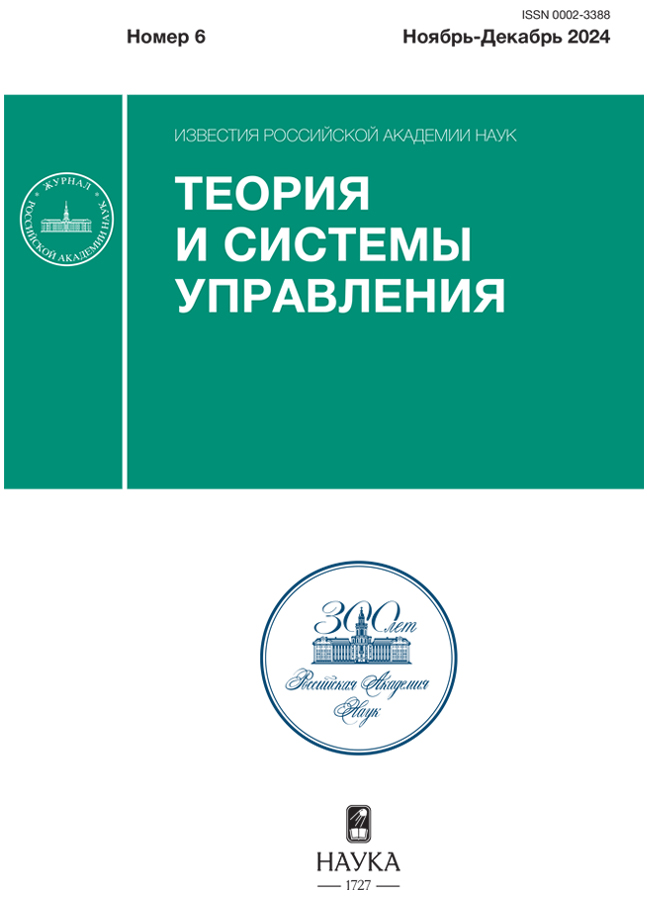Morphology of the moment and structure of dynamic processes in communicative situations
- Authors: Kalyan V.P.1
-
Affiliations:
- Federal Research Center “Computer Science and Control,” Russian Academy of Sciences
- Issue: No 6 (2024)
- Pages: 144-157
- Section: ARTIFICIAL INTELLIGENCE
- URL: https://rjonco.com/0002-3388/article/view/683143
- DOI: https://doi.org/10.31857/S0002338824060116
- EDN: https://elibrary.ru/subbfm
- ID: 683143
Cite item
Abstract
The paper describes an approach to solving the problem of predicting the development of communicative situations based on information received from experts. The tool for structuring processes is the basic model developed by the author – the morphology of a wide class of communicative situations. A visual programming language is used to build and train a simulation model of the situation being studied. At the first stage of creating and training the simulator, the expert enters the parameter values of several initial phases into the system. Calculation of further developments of events, assessment and classification of system states is carried out using mathematical recognition methods, combinatorial methods of analysis, operations research, and optimal control. Confirmation of calculations is achieved by comparing the results obtained from the simulator with real changes in the parameters of the processes being studied over time.
About the authors
V. P. Kalyan
Federal Research Center “Computer Science and Control,” Russian Academy of Sciences
Author for correspondence.
Email: vkalyan@mail.ru
Russian Federation, Moscow, 119333
References
- Barwise J., Perry J. The Situation Underground // Stanford Working Papers in Semantics. V.1/Eds. J. Barwise, I. Sag. Stanford: Stanford Cognitive Science Group, 1980, Section D. P. 1–55.
- Dcvlin K. Logic and Information. Cambridge: Cambridge University Press, 1991.
- Поспелов Д.А. Ситуационное управление // Теория и практика. М.: Наука, Физматлит,1986.
- Пропп В.Я. Морфология «волшебной» сказки. Исторические корни волшебной сказки// Собр.тр. В. Я. Проппа. М.: Лабиринт, 1998. 512 с.
- Леви-Строс К. Структурная антропология. М.: Изд-во ЭКСМО-Пресс, 2001. 512 с.
- Бродский Ю.И. Модельный синтез и модельно-ориентированное программирование // М.: ВЦ им. А. А. Дородницына РАН, 2013.
- Бродский Ю.И. Роды структур Н. Бурбаки в задаче синтеза имитационных моделей сложных систем и модельно-ориентированное программирование // ЖВМ и МФ. 2015. Т. 55. № 1. С. 153–164.
- Бродский Ю.И. О математическом моделировании поведения мультиагентных систем. М.: ФИЦ ИУ РАН, 2018.
- Бурбаки Н. Теория множеств. М.: Мир, 1965. Springer: https://www.springer.com/gp/book/9783540340348 (дата обращения: 23.09.2019).
- MSP Tutorials // Table of Contents – https://docs.cycling74.com/max8/tutorials/00_mspindex (дата обращения: 11.09.2023).
Supplementary files










